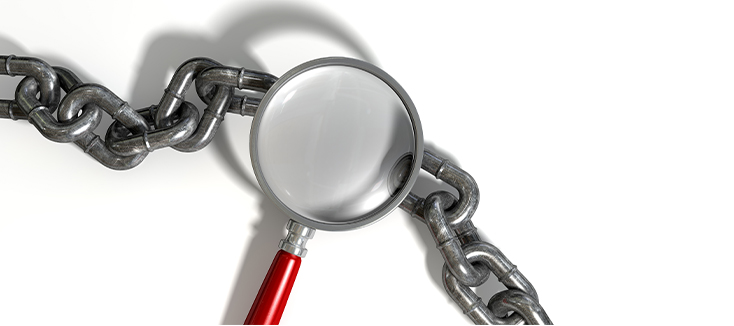Over the course of the past 100 years, humanity has done everything conceivable to automate as many processes as possible. Clothes which were once washed by hand and dried in the open air over the course of several days are now tossed into a washing machine, then into a drier, and can be back in the closet within two hours. In recent years, even our personal calendars have become automated, reminding us about every upcoming meeting and appointment so we never forget.
But why? The answer is very simple: doing things manually is nearly always worse. Manual procedures are less accurate, less efficient, and can lead to overwork and fatigue. That’s why in almost all areas of our lives, prehistoric manual processes are being automated, including in the medical arena. Reprocessing ultrasound probes is no exception. While doing things by hand, the old-fashioned way, might spark some strange kind of nostalgic satisfaction, manual processes are severely out of date and don’t offer patients the best care available.
Manual reprocessing procedures are lengthy affairs with lots of moving parts and precise measurements required. As a result, it’s easy for any one of those steps to be missed or messed up. While we humans are capable of incredible accomplishments, we are also capable of making the silliest mistakes. The more the reprocessing procedure can be automated, the more likely it is that probes will be properly reprocessed every time. This means fewer mistakes leading to improperly reprocessed probes being used on patients, fewer HAIs, and fewer accidents to damage the probe. According to The Society of Diagnostic Medical Sonography (SDMS), “Automated processes are preferable due to the reduced risk of operator error.” In the end, manual processes increase the potential for human error.
Manual reprocessing is also just less efficient than automated methods. The most obvious inefficiency is with regards to time. Manual reprocessing can take tons of time whereas automated methods can be completed in just minutes. The TEEClean® Automated TEE Probe Cleaner Disinfector cleans, rinses, high-level disinfects, and rinses TEE probes all in under twenty seven minutes. No manual process can beat that level of efficiency. Additionally, automated methods make better use of a facility’s human resources. Those tasked with reprocessing probes manually are required to monitor the entire cleaning and disinfection steps, simply waiting around and watching. With automated systems, these staff members can simply insert the probe into the TEEClean and walk away. Their time is now available to complete other more important tasks. With the faster turnaround and elimination of wasteful practices offered by automation, it’s no wonder manual processes are becoming obsolete.
Another reason manual reprocessing is falling by the wayside is that it is a burden on employees. As previously mentioned, sitting and staring into basins of disinfectant for hours per day is a lot like watching paint dry. Employees who have to do this get burnt out and dissatisfied with their work quickly. That’s not the worst of it, though; manual reprocessing can cause health problems. One study found that the majority of employees who had to reprocess devices manually reported health problems, but that their physical discomfort lessened after their facilities employed an automatic reprocessor. By implementing automation, employees can have more rewarding tasks and their health can be safeguarded.
In short, manual reprocessing procedures are more prone to error, waste tons of time, and can result in dissatisfied and unhealthy employees. It’s the twenty-first century; it’s time to upgrade manual processes and automate whenever possible. Automation is foolproof, quick, and allows employees to focus on more meaningful work, like caring for patients. Don’t leave your facility in the cretaceous period; automate and give patients the best care available.


